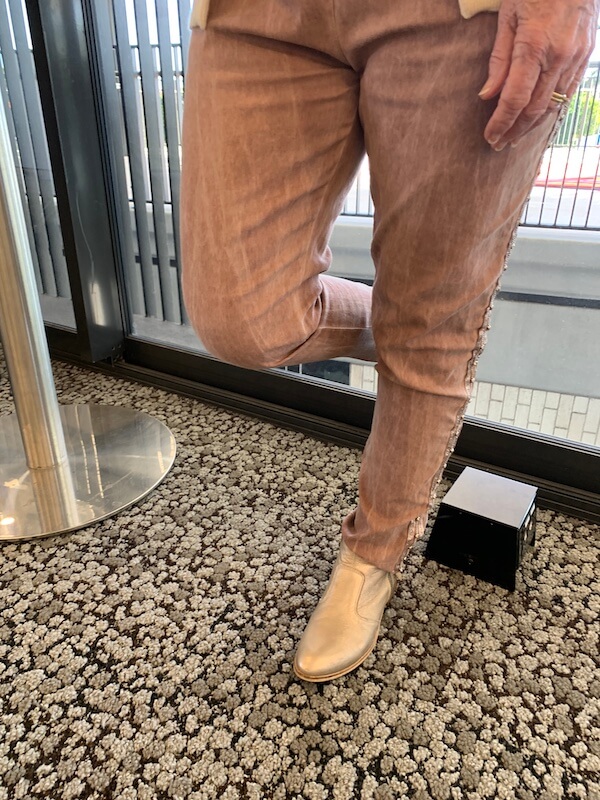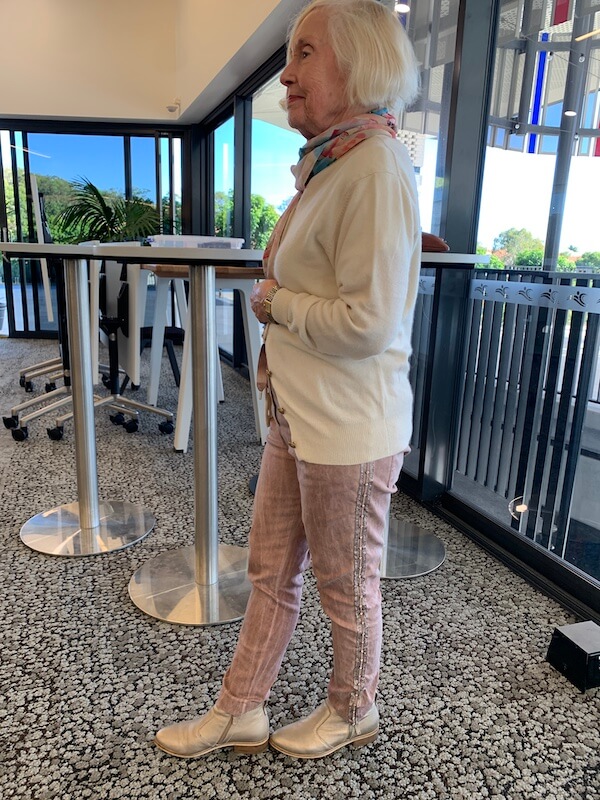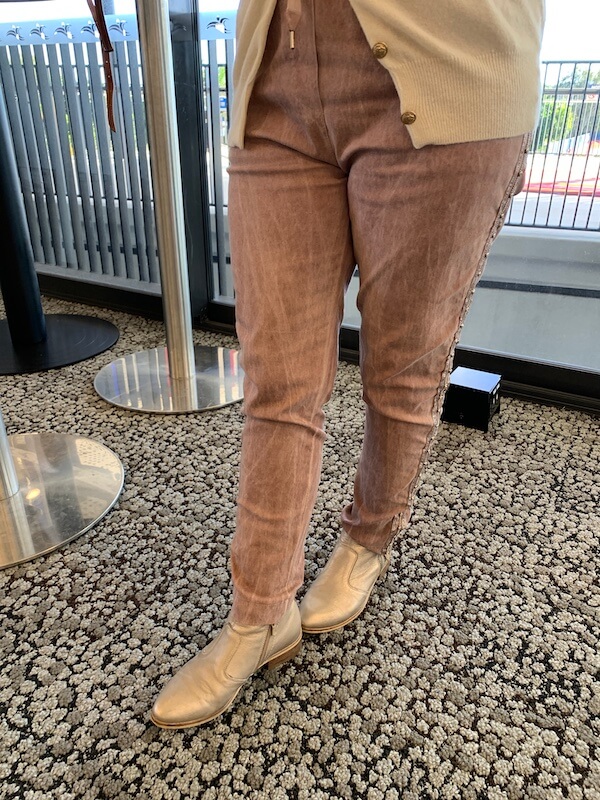Falls and Balance
Physiotherapy to help keep you steady
- Do you hold on to furniture when you walk around your home?
- Do you avoid going out because you’re afraid of having a fall?
- Is tripping over becoming an issue?

How we can help
Physiotherapy for balance issues and fall prevention
There is strong evidence that appropriate exercise reduces the number of falls over time by almost a quarter (23%)*, and that exercise can reduce the number of people who have a fall by 15%. If you have fallen or are afraid of falling, we can provide you with evidence-based exercises to help you improve your balance.
Therapy journey
Here’s what the therapy journey looks like:
- We’ll start with a comprehensive assessment with questions about your history of falls and risk factors for falls.
- Next we’ll carry out physical tests to help find out what is causing you to fall.
- We’ll make recommendations, devise a personalised exercise program, provide advice, and refer to trusted health professionals such as an Occupational Therapist, with your permission.
- If suitable, you may want to join one of our Falls and Balance classes, because exercising with others can be much more fun.
Physiotherapy
Physiotherapy will be tailored to your needs and based on what we find in our comprehensive assessment. Your physiotherapy may include exercises to help improve your muscle strength and balance.
We may practise tasks you’re having trouble with, and/or work on your gait to help improve how you walk. We’ll also recommend and oversee any trial of walking aids such as walkers or foot splints.
Causes
Risk factors for falling
Some factors increase your risk of falling, also known as ‘modifiable’ risk factors. In other words, you may be able to do something to help decrease your risk of falls. These include:
Weak muscles
Problems with your vision
Fear of falling
Problems with your walking pattern
Not able to walk very far
Poor reaction times
Decreased balance
Use of multiple medications
You can find out more about how your balance system works in our blog.

Margaret’s Story
Background
Margaret is an 84-year-old lady who lives with her two daughters and their little dog Charlie. She loves to fill her days with watching quiz shows and completing puzzles.
Her challenges
When we first met Margaret, she:
- Experienced longstanding low back and leg pain from spinal canal stenosis.
- Had ageing-associated weakness in her legs and reduced balance.
- Used a four-wheeled walker to walk around the house.
- Held onto her daughters’ arms when going to the shops because of her reduced confidence and fear of falling.
Her goals
Margaret’s balance and walking assessment demonstrated she had reduced strength in both her legs and a low-medium falls risk, particularly when her base of support was narrowed (feet together or standing on one leg).
- Margaret wanted to improve her mobility and balance to enable her to walk confidently inside the house and to the shops with no walker or her daughters’ assistance.
Her physiotherapy journey
Margaret’s physiotherapy began with balance and leg strengthening exercises. We also encouraged her to walk around the house without her walker. As she’s a hard worker, Margaret’s physiotherapy exercises progressed quite quickly to become more challenging including:
- Stepping out to markers
- Balancing on foam
- Tapping blaze pods with her hands and feet
This last exercise also challenged Margaret’s cognition.
Her successes
Margaret is now able to walk around the neighbourhood and shops without holding onto her daughters. She has not used her walker in five weeks because she has re-gained confidence in her balance and walking.



